There’s something magical about how certain school memories stay crystal clear while so much else fades with time. These aren’t necessarily the major milestones—first day of high school, graduation day—but rather those small, everyday moments that somehow captured the essence of growing up in the 1950s and 1960s. One whiff of mimeograph fluid or the sound of chalk on a blackboard, and suddenly you’re transported back to a classroom with wooden desks, lined paper, and the endless possibility of youth stretched out before you.
1. The Purple Ink and Distinctive Smell of Mimeographed Worksheets
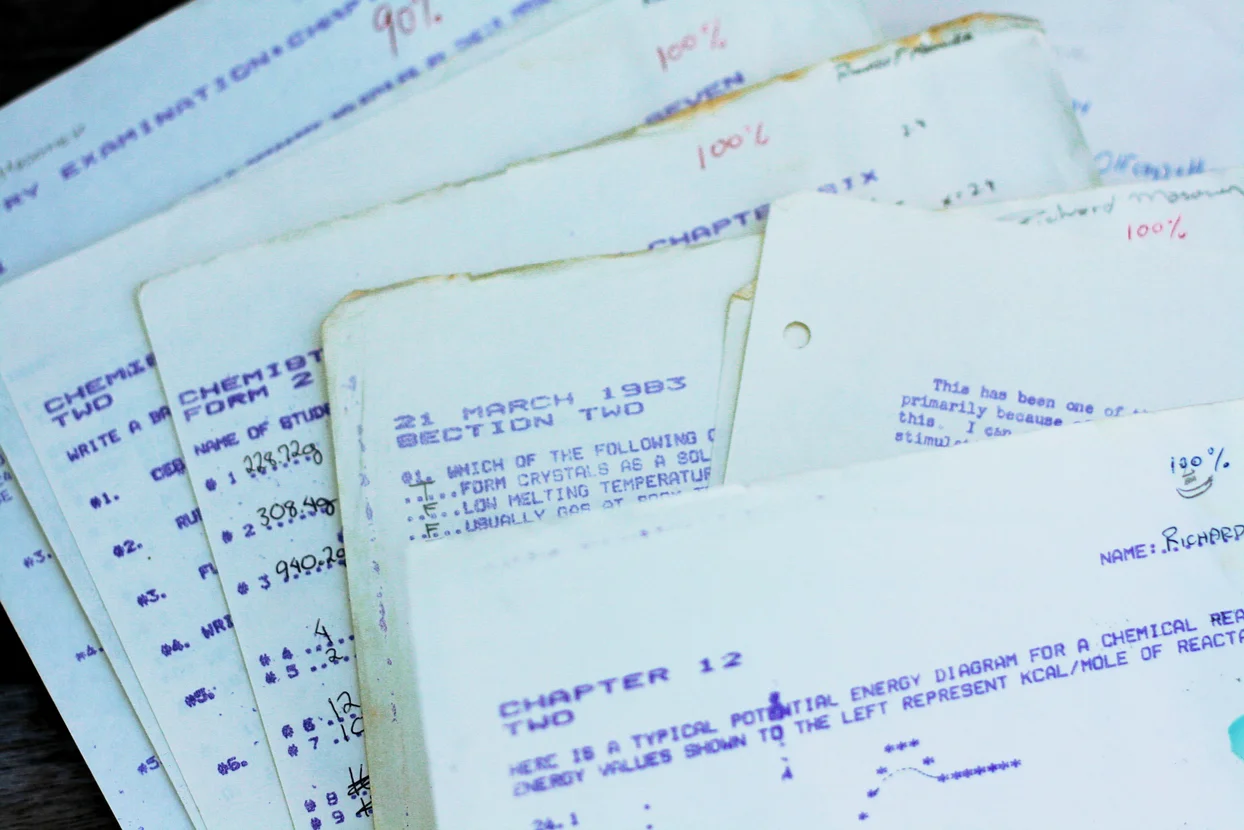
Remember when the teacher would pass out those freshly-printed mimeographed worksheets, still damp with that distinctive purple ink? The chemical smell was intoxicating—literally, considering what we now know about those solvents—and we’d all take a deep, appreciative sniff before setting pencil to paper. The teachers cranked those mimeograph machines by hand in the faculty lounge, emerging with purple-stained fingers and a stack of worksheets with slightly blurry text. HowStuffWorks not only reveals what’s going on with this fragrant device but the surprisingly fascinating history it comes from.
Those purple pages represented a special treat—a break from textbooks and a chance to write directly on the page instead of copying questions into our notebooks. If you were lucky enough to be chosen to distribute the papers, you’d walk between the rows feeling important, deciding who got the clearer copies and who got the faded ones from the bottom of the stack. Technology has made teaching more efficient, but no tablet or computer printout will ever match the sensory experience of those purple pages that connected us all in a shared classroom ritual.
2. The Duck-and-Cover Drills That Interrupted Class
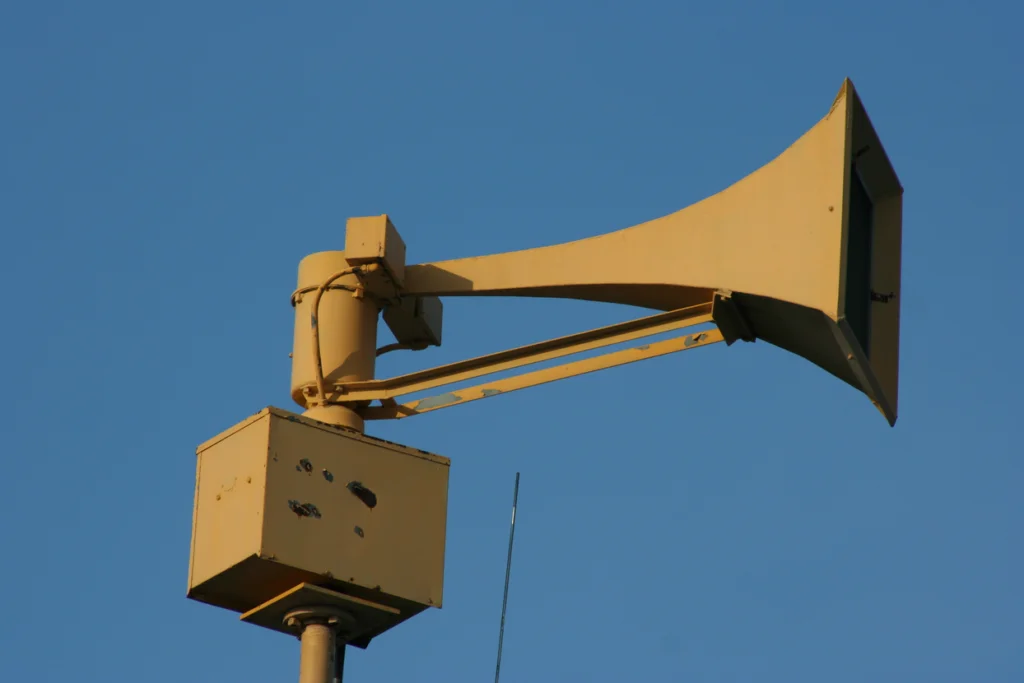
The piercing sound of the civil defense siren would send us scrambling under our desks, arms covering our heads as we’d been repeatedly trained to do. In the shadow of the Cold War, these duck-and-cover drills were deadly serious business, though as children we often treated them as welcome breaks from arithmetic and spelling lessons. The teachers tried to keep us quiet during these exercises, but whispers and nervous giggles always broke through the silence. NPR traces when this chilling trend started to fade, and theorizes if there’s any place for it to return today.
Looking back now, the notion that a wooden desk would protect anyone from nuclear fallout seems naively optimistic, but at the time, these drills gave structure to our nameless fears. After the all-clear sounded, we’d emerge from our shelter positions and straighten our clothes, returning to our lessons with a strange mixture of relief and disappointment that the excitement was over. Those moments under the desk, heart pounding with a combination of fear and exhilaration, remain oddly vivid—frozen tableaux of a childhood lived under the specter of global conflict that today’s schoolchildren, with their active shooter drills, might sadly understand all too well.
3. The Soundtrack of the Metal Pencil Sharpener Mounted on the Wall
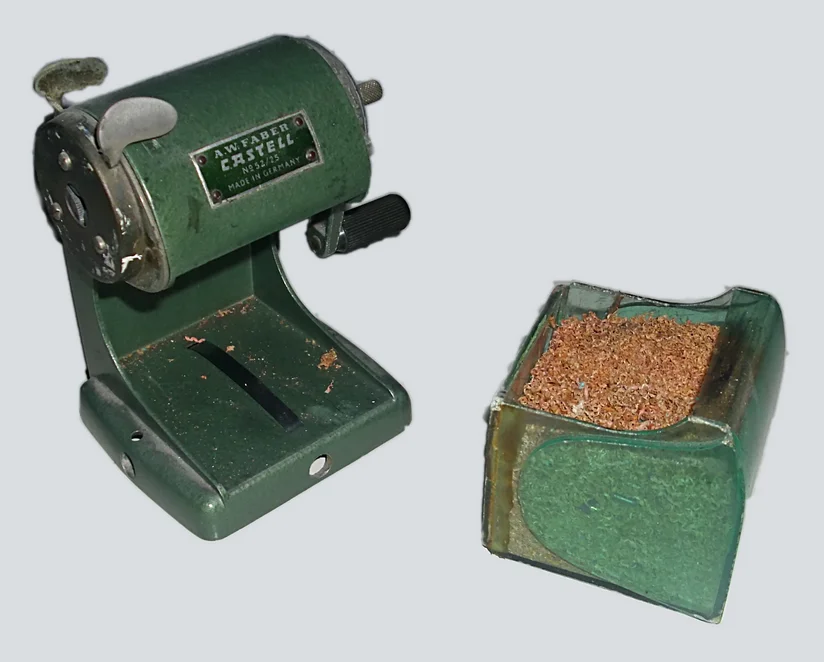
Every classroom had that sturdy metal pencil sharpener mounted on the wall—usually near the teacher’s desk to discourage unnecessary trips. The distinctive grinding sound it made was both satisfying and slightly nerve-wracking, especially when all eyes turned to you if you cranked it too long. There was definitely an art to achieving the perfect point without breaking the lead or wearing down your pencil to a stub. Hamilton Pen shaves off the mystery behind the evolutions this handy device has undergone over the years.
The journey to the sharpener was a welcome break from your desk, a chance to stretch your legs and perhaps exchange a forbidden whispered comment with a friend on the way. The wood shavings visible through the little window would accumulate throughout the day, and being chosen to empty the sharpener into the waste basket was considered a privilege worth earning through good behavior. That familiar smell of freshly-sharpened wood and graphite is a time machine that takes us straight back to those moments of stretching a trip to the pencil sharpener into a mini-adventure away from your spelling test or math problems.
4. Navigating the Social Hierarchy of the Cafeteria Tables
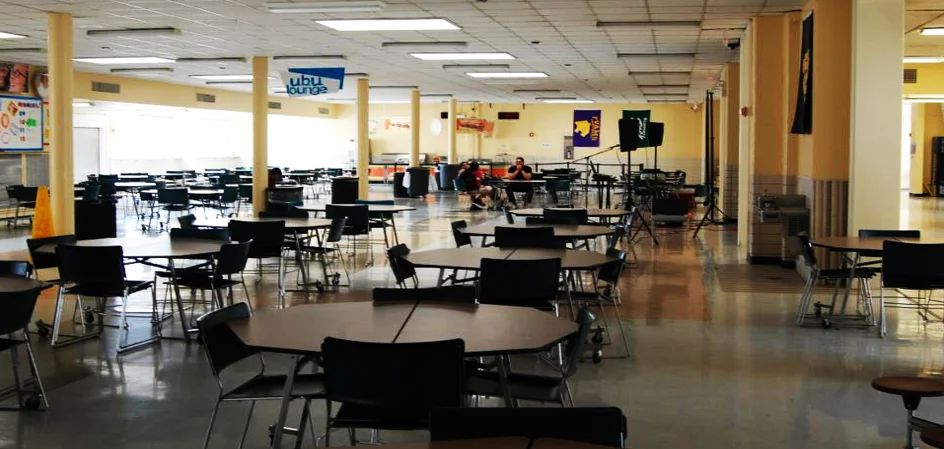
The lunchroom wasn’t just a place to eat—it was a complex social ecosystem with unwritten rules that everyone somehow understood. Where you sat defined your place in the school hierarchy as clearly as any class ranking or varsity letter. The popular kids claimed their territory early in the year, athletes clustered together comparing plays, and various other groups formed their own territories in the vinyl and laminate landscape.
The clatter of metal trays, the distinctive smell of institutional food (was that supposed to be meatloaf?), and the constant buzz of conversation created an atmosphere of controlled chaos supervised by lunch ladies in hairnets who kept order with a look. Chocolate milk in those tiny cartons made the mystery meat more palatable, and trading items from your brown bag lunch was currency as valuable as any money. For those who arrived without a clear table destination, the walk through the cafeteria carrying your tray felt like an eternity, exposed and searching for a welcoming face in a sea of social landmines.
5. The Squeak of Gym Shoes on a Freshly Polished Floor
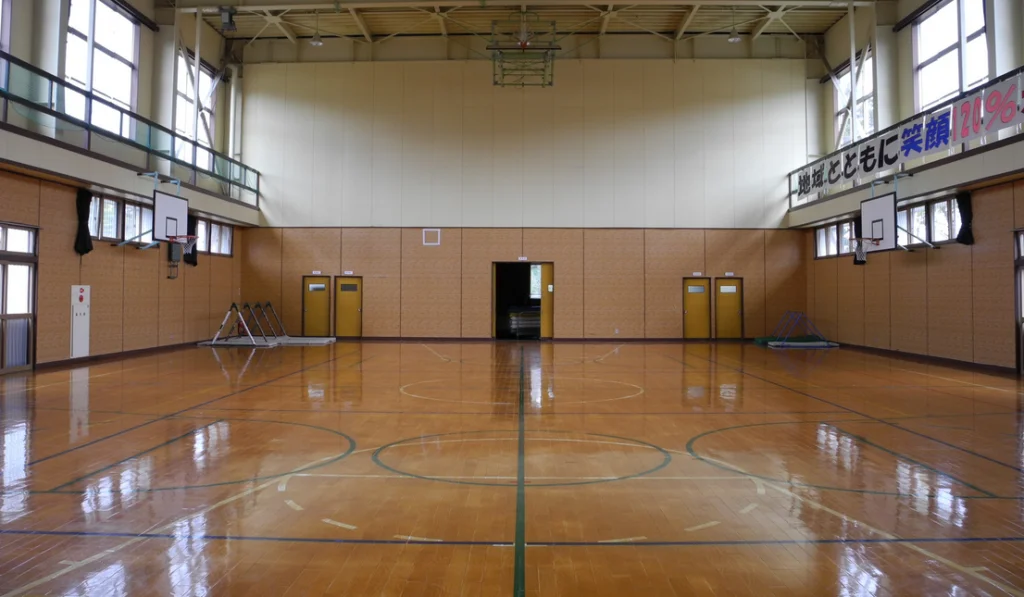
Physical education class meant changing into regulation gym uniforms—those one-piece cotton outfits for the girls and shorts with white t-shirts for the boys—in locker rooms that smelled perpetually of sweat and industrial disinfectant. Once in the gymnasium, the distinctive squeak of rubber-soled shoes on the polished wooden floor created a soundtrack for our athletic endeavors, whether we were climbing ropes that seemed to reach the ceiling or playing dodgeball with rubber balls that left a distinctive sting and red mark when they made contact.
The gym teachers, with their ever-present whistles and clipboards, put us through calisthenics that seemed designed to identify and embarrass the least coordinated among us. The President’s Physical Fitness Test loomed large each year, with its shuttle runs, sit-ups, and dreaded pull-ups that determined your athletic worth by government standards. Despite the occasional humiliations, there was something gloriously freeing about gym class on a good day—the release of energy after sitting still in classrooms, the camaraderie of team sports, and for the athletically inclined, a chance to shine in ways that academic subjects didn’t allow.
6. The Magical Moment When the Film Projector Was Wheeled In
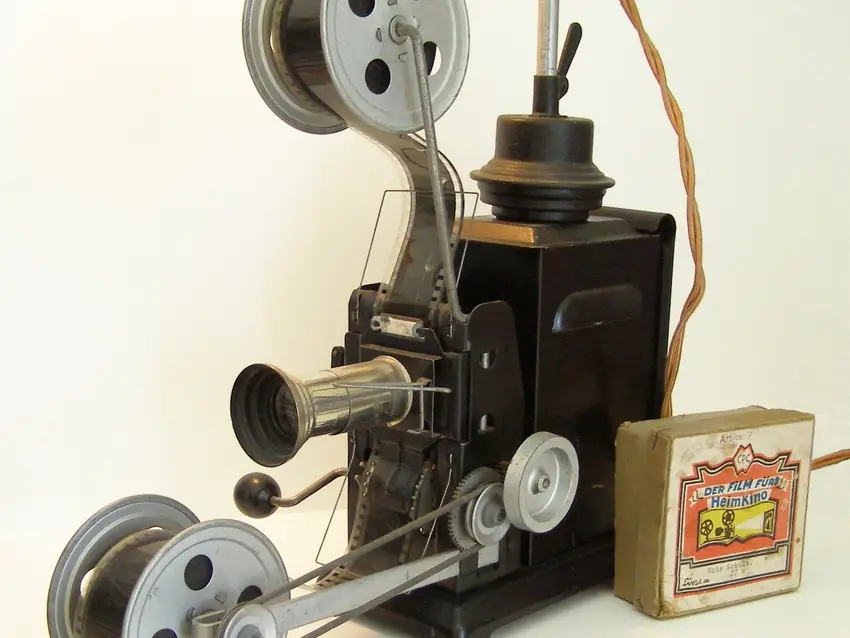
Nothing generated excitement quite like the teacher wheeling in the film projector on its special cart. The metal reels, the threading of the film, the pulling down of window shades, and the mechanical click-whirr of the projector starting up signaled a break from routine and a treat for the senses. Science films, historical documentaries, or even the occasional Disney nature film—it almost didn’t matter what was showing, as the novelty of watching anything on a screen during school hours was entertainment enough.
The teacher’s inevitable struggle with the technology—focusing issues, sound problems, or the dreaded film break that required splicing—was all part of the experience. Sitting in the darkened classroom watching dust particles dance in the projector’s beam, we’d alternate between genuine interest in the subject matter and passing notes in the darkness or whispering comments that would earn a sharp “Shhh!” when detected. The countdown leader at the beginning of each film (5…4…3…2…1…) and the flapping sound of the film’s end hitting the take-up reel bookended these special classroom interludes that broke up the school day routine.
7. The Ritual of Ink Monitoring in Your Fountain Pen
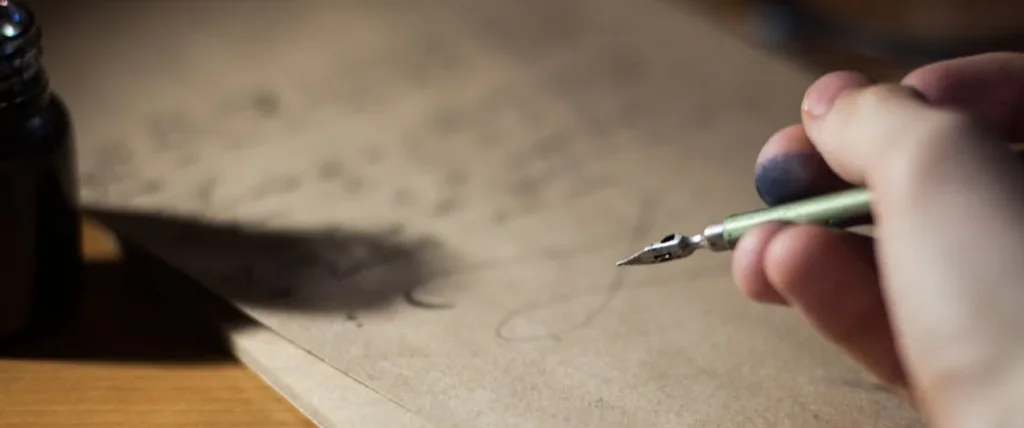
Before ballpoints became ubiquitous, learning to write with a fountain pen was a rite of passage that signaled your entrance to the upper elementary grades. The ritual of filling your pen from an ink bottle required concentration and a steady hand to avoid disastrous spills. Those blue-black stained fingers were badges of honor as you mastered this grown-up writing instrument, though ink blots on your assignment could still earn you a lower grade or the dreaded instruction to recopy your work.
The fountain pen granted a certain gravitas to your writing—signatures looked more official, and even mundane homework took on an air of importance when completed with the flowing ink of your prized Esterbrook or Parker pen. Watching the ink level in the barrel, carefully unscrewing the cap, and the slight resistance of the nib against paper created a sensory writing experience that today’s ballpoints and keyboards simply can’t replicate. For many, receiving your first “good” pen as a graduation gift marked an important transition toward adulthood, a tool that signified both achievement and expectation.
8. The Suspense of Report Card Day
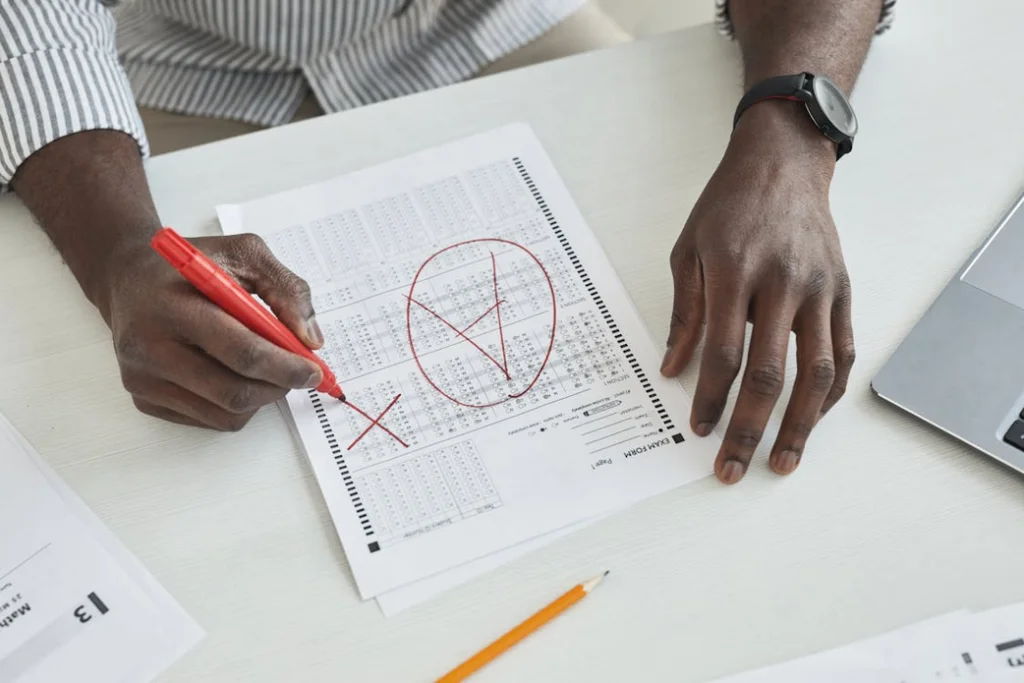
Few school rituals generated as much anticipation and anxiety as report card day, when those manila envelopes were distributed at the end of the term. The teacher’s instructions to “take these straight home to your parents” were superfluous—we all knew the drill. Some brave souls would peek inside before leaving school grounds, while others preferred to remain in suspense, hoping for the best but preparing explanations for any disappointing marks.
Those letter grades determined so much—summer freedoms, parental approval, and sometimes even small financial rewards for A’s or improvement. The comments section often contained coded messages: “Could apply himself more” or “Talks too much in class” were understood by parents as calls to action. Securing the required parental signature and returning the empty envelope to school completed the cycle, with the report card itself tucked away in family files as a permanent record of your academic journey. In an era before online grade portals provided real-time updates, these quarterly or semester evaluations were momentous occasions that could set the emotional tone in households for weeks afterward.
9. The Complex Social Dynamics of School Bus Seating
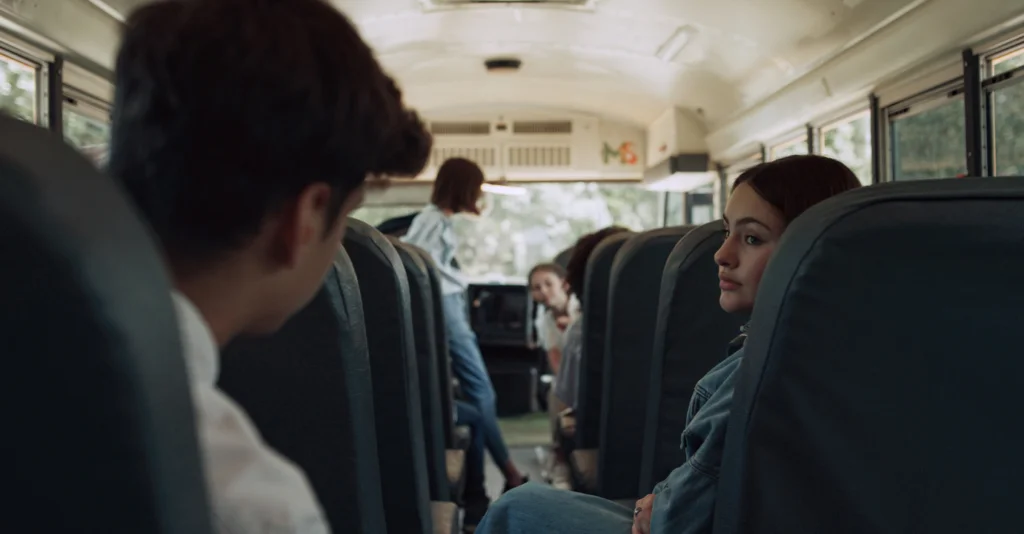
For those who didn’t walk to neighborhood schools, the yellow school bus was both transportation and a twice-daily social gauntlet. The unspoken but rigid hierarchy placed seniors at the back, with status diminishing as you moved forward, leaving the front seats for the youngest or least socially established riders. Finding a seat partner was a daily negotiation fraught with potential rejection or acceptance, especially on the afternoon ride when established routines could be disrupted by after-school activities.
The bus driver, viewed through the large rear-view mirror, enforced order with varying degrees of strictness while navigating streets and country roads. Opening windows required permission, and on hot days, the competition for airflow was intense. For rural students, the bus ride could stretch to an hour or more, creating a unique social space where friendships formed, romances bloomed, and occasionally conflicts erupted beyond adult intervention. Those vinyl seats, sticky in warm weather and ice-cold in winter, supported countless conversations, shared homework struggles, and adolescent dramas that were as much a part of our education as any classroom lesson.
10. The Art of Passing Notes Without Getting Caught
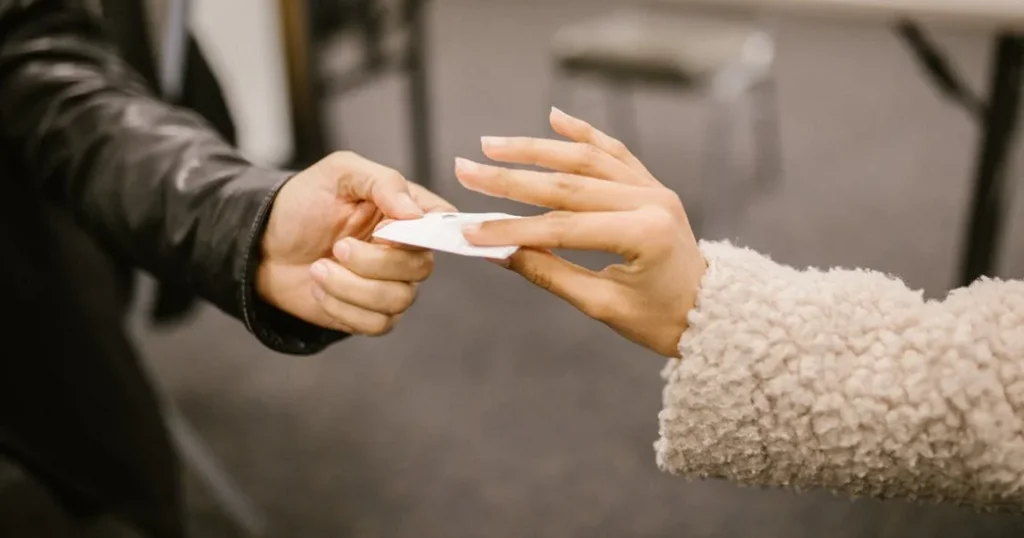
Long before text messages, we communicated during class via elaborately folded paper notes passed from hand to hand when the teacher wasn’t looking. The folding itself was an art form—intricate origami-like creations that sometimes incorporated fortune teller games or were sealed with “Do not open until lunch” instructions. The content ranged from meaningless observations to friendship-ending gossip to declarations of romantic interest, all risking confiscation and the ultimate humiliation of having your private thoughts read aloud if intercepted.
The strategic passing required accomplices and perfect timing, with a network of trusted hands moving your message across the classroom to its intended recipient. Developing a code or shorthand added a layer of security in case of capture, and some ambitious note-writers created ongoing serials that continued throughout the school week. The thrill of successful communication under surveillance conditions made even mundane messages seem important, and many of us saved these paper artifacts in shoeboxes or diaries—tangible evidence of friendships, crushes, and the daily dramas that felt all-consuming in the moment.
11. The Satisfaction of Perfect Penmanship on Wide-Ruled Paper
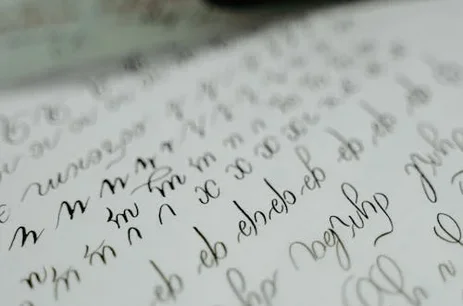
Hours spent practicing Palmer Method penmanship—those repetitive loops and controlled strokes—created muscle memory that many of us can still access today. Handwriting was seriously evaluated, with dedicated grades on report cards and the possibility of earning a penmanship certificate if your cursive met the exacting standards. Those wide-ruled sheets with the dotted middle line guided our efforts as we strove for consistency in the height of our letters and the slant of our script.
The ink monitor’s job of filling the inkwells in each desk was a coveted classroom responsibility, and fountain pens had to be mastered before ballpoints were permitted for school work. Teachers would circulate during penmanship practice, sometimes physically guiding your hand to demonstrate proper technique or rapping knuckles for a particularly sloppy effort. The pride in a page of perfect cursive—when your capital “Q” finally looked like the model on the alphabet cards above the blackboard—created a satisfaction entirely different from today’s typed assignments. For left-handed students, the challenges were even greater, with smudged pages and awkward hand positions adding difficulty to an already demanding skill.
12. The Distinctive Sound of the Final Bell
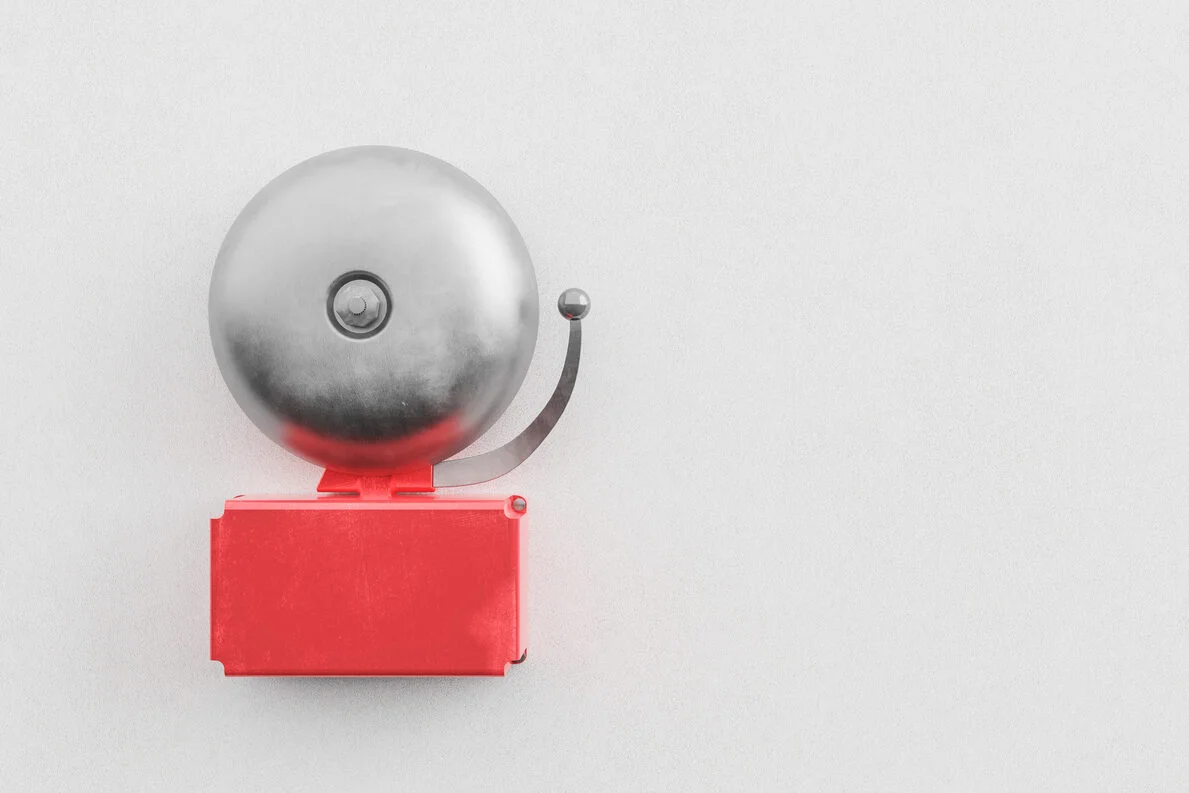
No sound was sweeter than the bell signaling the end of the school day, releasing us into the freedom of afternoon. The immediate change in atmosphere was palpable—whispered conversations became full volume, careful postures relaxed, and the shuffling of papers and books created a symphony of conclusion. The rush to lockers, the slamming of metal doors, and the surge toward buses or bike racks converted quiet hallways into rivers of movement and sound.
Those precious after-school hours stretched before us with possibilities—neighborhood games, television shows, paper routes, or simply the relief of being free from classroom constraints. Walking home along familiar routes, perhaps stopping at the corner store for penny candy or catching up with friends at the local hangout spot, we transitioned from students back to just kids. The final bell marked not just the end of a school day but a daily rebirth of freedom, however temporary, before homework called and the cycle began again tomorrow. That Pavlovian response to the bell’s ring created a shared moment of joy that united everyone in the building, from kindergartners to high school seniors to even the teachers themselves.
These seemingly small moments—the smell of mimeograph fluid, the squeak of gym shoes, the taste of cafeteria food—formed the texture of our school days in ways that major events sometimes didn’t. They created a shared experience for an entire generation, touchpoints that need only the briefest mention to evoke full-sensory memories and knowing smiles of recognition. While education itself has changed dramatically over the decades, these sensory memories remain remarkably consistent for those who walked school hallways in the mid-twentieth century, binding us together in a common nostalgia for simpler times—when our biggest worry might be a pop quiz in history class or finding a seat on the bus ride home.



